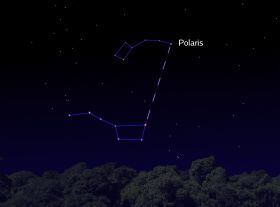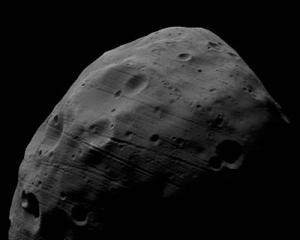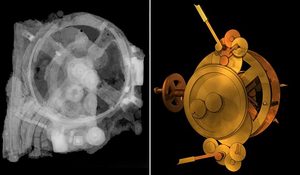Scientists exploring caves in the bone-dry and mostly barren Atacama Desert in Chile stumbled upon a totally unexpected discovery this week: water.
They also found hundreds of thousands of animal bones in a cave, possibly evidence of some prehistoric human activity.

|
| ©J. Wynne et al.
|
| This cave, Cuevita de Catarpe, is one of several in the Atacama Desert in Chile being explored by J. Judson Wynne's team.
|
The findings are preliminary and have not been analyzed.
The expedition is designed to learn how to spot caves on Mars by studying the thermal signatures of caves and non-cave features in hot, dry places here on Earth. Scientists think Martian caves, some of which may already have been spotted from space, could be good places to look for life.
No hot place on Earth is drier than the Atacama Desert. Many parts of the high-plateau desert have never received rain that anyone can remember. Average rainfall across the region is just 1 millimeter per year. (Parts of Antarctica are considered the driest places on Earth, however.)
So nobody was looking for water.





Comment: Almost exactly three 4,200 year periods back from the present.